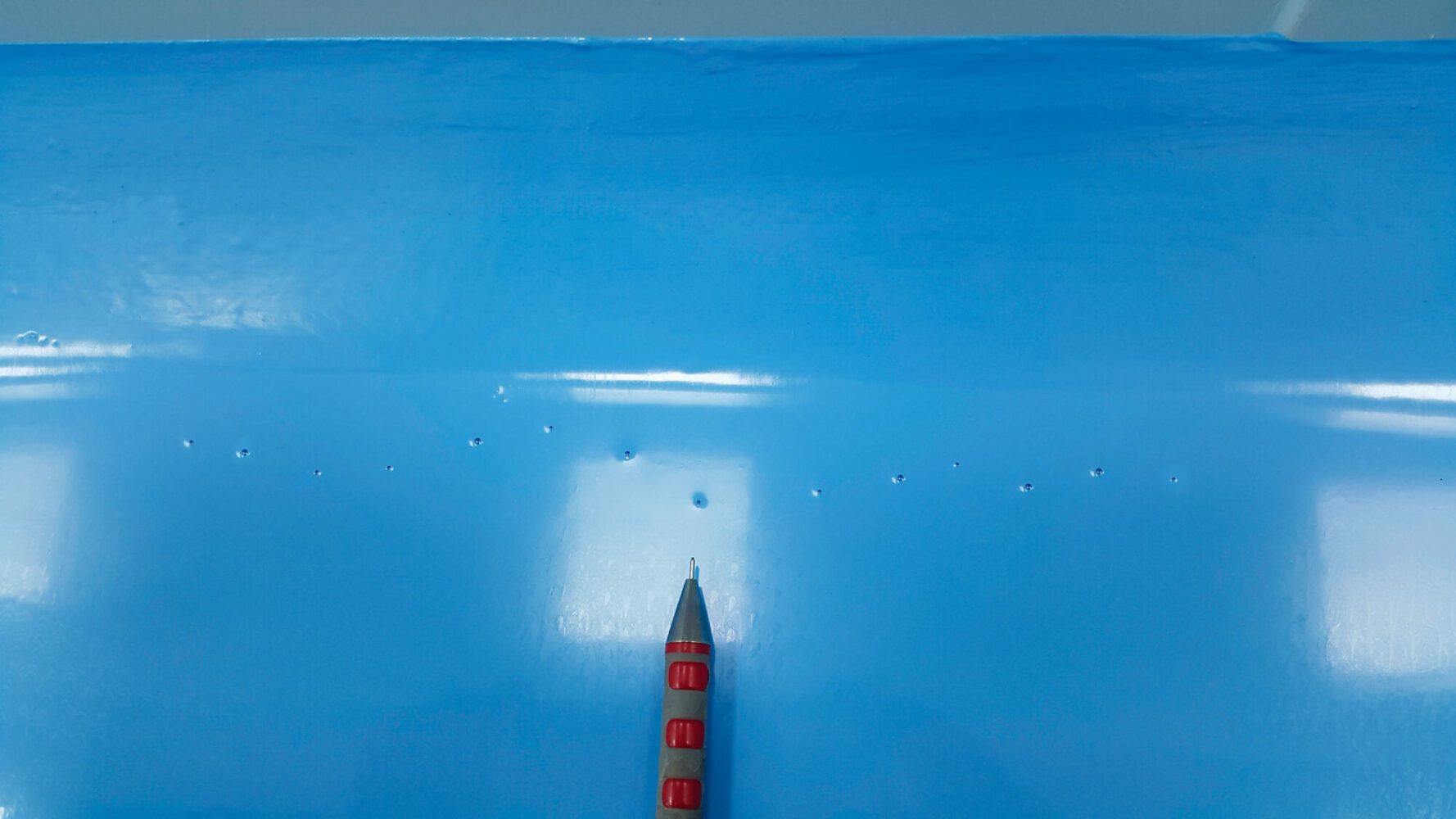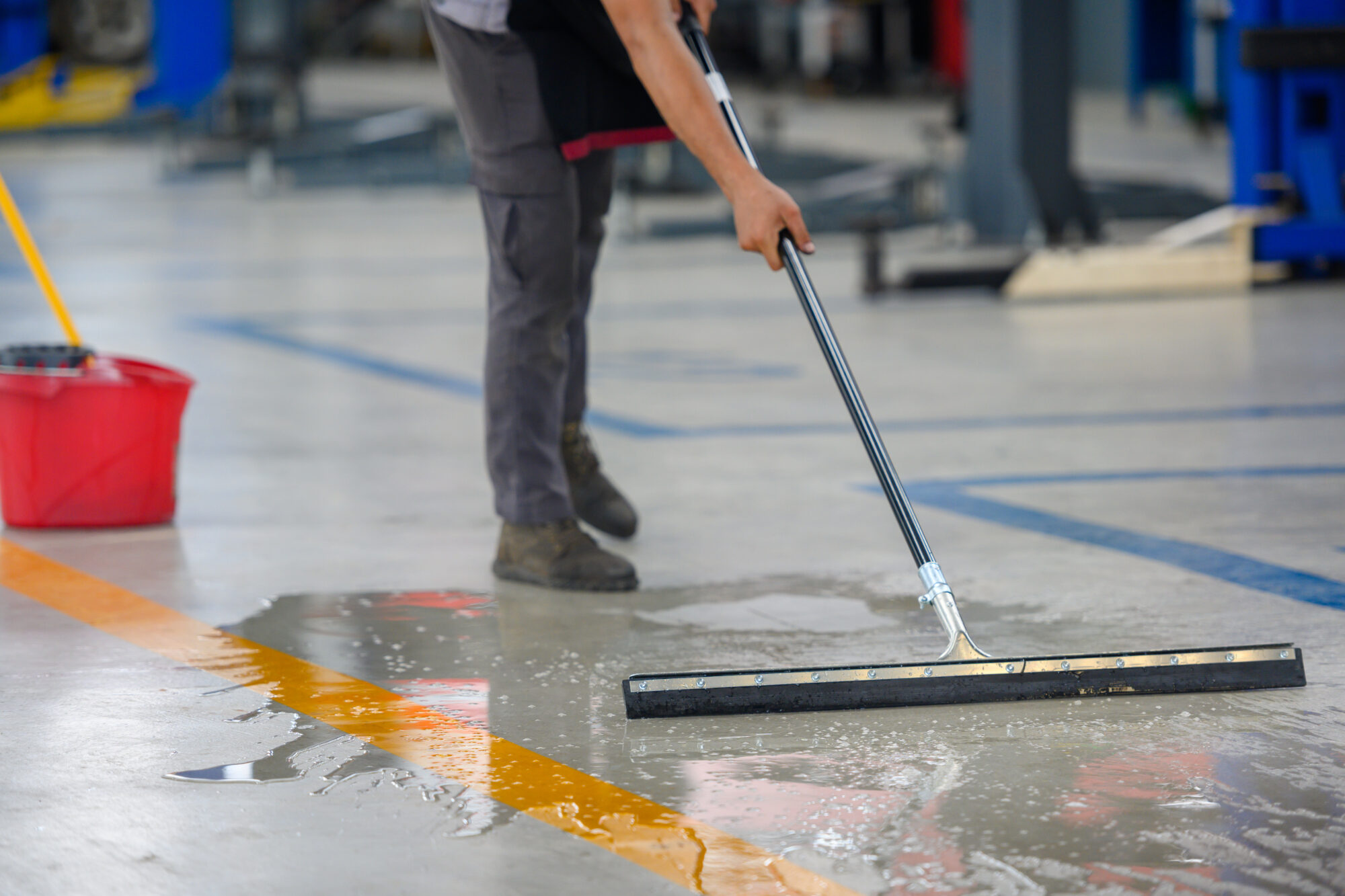Why is My Epoxy Floor Bubbling? Understanding Causes and Solutions
,Introduction
Epoxy flooring is a popular choice due to its durability and aesthetic appeal. However, one common issue is the appearance of bubbles. Understanding the causes of epoxy floor bubbles and how to prevent them is crucial for achieving a smooth, long-lasting finish.
Causes of Epoxy Floor Bubbling
1. Outgassing from Concrete: Concrete naturally releases gases, especially during temperature changes. This outgassing can become trapped under the epoxy layer, causing bubbles to form. To minimize this, it’s essential to ensure the concrete is fully cured and, when appropriate, to use a primer that seals the concrete surface.
2. Improper Surface Preparation: Residual oil, grease, or dust on the surface can interfere with the bonding of the epoxy, leading to bubbles. Proper surface cleaning and preparation are critical to avoid these issues. Using a degreaser and thoroughly cleaning the surface can help ensure a strong bond.
3. Moisture in the Concrete: Moisture trapped in the concrete can vaporize, creating bubbles in the epoxy coating. Conducting moisture tests before application and using moisture barriers when applicable can help prevent this problem.
4. Temperature and Humidity Fluctuations: Changes in temperature and humidity during application and curing can lead to outgassing and bubble formation. Maintaining a controlled environment with stable temperature and humidity levels is crucial during the epoxy application process.
5. Incorrect Mixing Techniques: High-powered or fast mixing can introduce air bubbles into the epoxy mixture. Mixing the epoxy slowly and thoroughly helps avoid this issue. Following the manufacturer’s instructions on mixing times and speeds is essential.
6. Application Errors: Applying epoxy too thickly or too quickly can trap air bubbles that later rise to the surface. Applying the epoxy in thin, even layers and avoiding overworking the material can prevent bubble formation.

Preventing Epoxy Floor Bubbles
1. Proper Surface Cleaning: Thoroughly prepare the concrete surface to remove any contaminants using a grinder or shotblaster. Ensure the surface is dry before application. These steps are vital for preventing bubbles caused by surface contamination.
2. Moisture Testing: Conduct moisture tests on the concrete to ensure it is dry enough for epoxy application. Use moisture barriers if needed to prevent vapor from creating bubbles. This is especially important in areas with high relative humidity in the concrete slab or where the concrete is relatively new.
3. Controlled Environment: Maintain a consistent temperature and humidity level in the application area to prevent outgassing and other issues. Avoid applying epoxy in conditions of extreme temperature or humidity fluctuations.
4. Correct Mixing Techniques: Mix the epoxy slowly and thoroughly to avoid introducing air bubbles. Follow the manufacturer’s instructions closely to ensure the mixture is homogeneous and bubble-free. Use low-speed mixers to minimize air entrapment.
5. Careful Application: Apply the epoxy in thin, even layers. Avoid overworking the material as this can trap air bubbles. Using a roller or squeegee can help distribute the epoxy evenly and minimize bubble formation.
Solutions for Existing Bubbles
1. Sanding and Re-coating: Sand down or grind the bubbled areas. Clean the surface thoroughly before applying a new coat of epoxy. This process removes the imperfections and provides a smooth surface for reapplication.
2. Using Solvents: Use a solvent to clean the surface after sanding to remove any dust and debris, ensuring a smooth reapplication. Solvents can help dissolve and remove contaminants that might interfere with the new epoxy layer.
3. Applying an Additional Coat: After preparing the surface, apply a new coat of epoxy, taking care to follow all preventative measures to avoid future bubbling. Ensure the environment is controlled, and follow proper mixing and application techniques.

Conclusion
Epoxy floor bubbling can be a frustrating issue, but with the right knowledge and techniques, it can often be prevented and fixed effectively. Proper surface preparation, controlled application conditions, and careful mixing and application are key to achieving a flawless epoxy floor.
By addressing the causes, implementing preventive measures, and applying the right solutions, you can enjoy the benefits of a smooth, durable, and aesthetically pleasing epoxy floor without the worry of unsightly bubbles.
The pros at General Industrial Flooring are here to help with any epoxy problems and solutions. Click the button below and give us a call.

